Detail of fresco of illusionistic garden, with all plants and trees simultaneously flowering/fruiting, Villa di Livia ad Gallinas Albas (Villa of White Hens), Prima Porta, north Roman suburb; Livia's gardens, famed for laurel trees, are under excavation.
Largest of three vaulted subterranean rooms in Livia's Villa depicting luscious garden with ornamental plants and pomegranate trees is installed in Rome's National Museum (Museo Nazionale Romano), housed in Palazzo Massimo alle Terme.
Museo Nazionale Romano (National Roman Museum), Palazzo Massimo alle Terme, Rome, west central Italy: Miguel Hermoso Cuesta, CC BY SA 3.0, via Wikimedia Commons @ https://commons.wikimedia.org/wiki/File:Livia_Prima_Porta_01.JPG
a celebration of water in the gardens of Villa d'Este: Neptune Fountain (foreground) and Water Organ (background)
Commissioned by Cardinal Ippolito (II) d'Este (1509 – 1572), grandson of Pope Alexander VI (1431-1503) and inscribed as UNESCO world heritage site in 2001, Villa d'Este exemplifies Renaissance architecture and the Italian Renaissance garden.
Tivoli, Lazio region, central peninsular Italy; Thursday, March 31, 2005, 12:00: KatDevsGames (Mmxbass), Public Domain, via Wikimedia Commons @ https://commons.wikimedia.org/wiki/File:Villa_d'Este_01.jpg
view of Venice's Palazzo Querini Stampalia's courtyard garden
Sixteenth-century palace underwent renovations of ground floor and landscape 1961-1963 by renowned Venetian architect and designer Carlo Scarpa (June 2, 1906 – November 28, 1978), who restored courtyard garden.
sestiere Castillo, between St. Mark's Basilica and Rialto Bridge, left bank Grand Canal, Venice, northeastern Italy: Jean-Pierre Dalbéra (dalbera), CC BY 2.0, via Wikimedia Commons @ https://commons.wikimedia.org/wiki/File:Le_jardin_de_Carlo_Scarpa_(fondation_Querini_Stampalia,_Venise)_(8142985275).jpg
Gardens at Villa Vignamaggio, 16th-century villa featured in William Shakespeare's effervescent comedy, "Much Ado About Nothing," directed by Kenneth Branagh in 1992
Greve in Chianti, Florence province, Tuscany, central peninsular Italy: Dave & Margie Hill / Kleerup (The Consortium), CC BY SA 2.0, via Flickr @ https://www.flickr.com/photos/the-consortium/8464339494/
17th-century Palazzo Boromeo: Giardino Quadro (Square Garden) in background; terraced pyramid (la piramide a terrazze) Giardino Barocco (Baroque Garden) in foreground
view from lakeside town of Stresa, province of Verbano-Cusio-Ossola
Isola Bella (Beautiful Island), Isole Borromee (Borromean Islands), western Lago Maggiore, northern Italy: MM, CC BY SA 3.0, via Wikimedia Commons @ https://commons.wikimedia.org/wiki/File:StresaIsolaBellaPalazzoBorromeoGiardiniTerrazzaInferiore.jpg


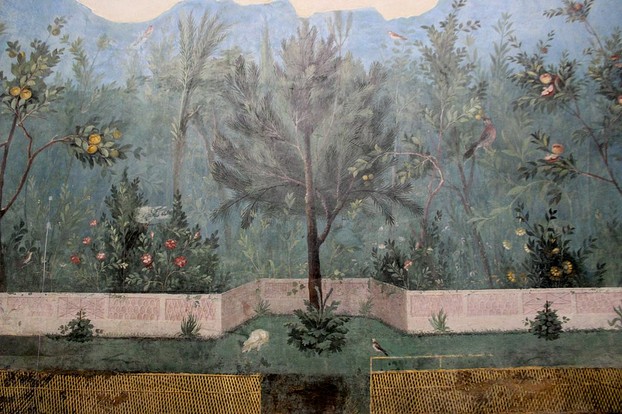
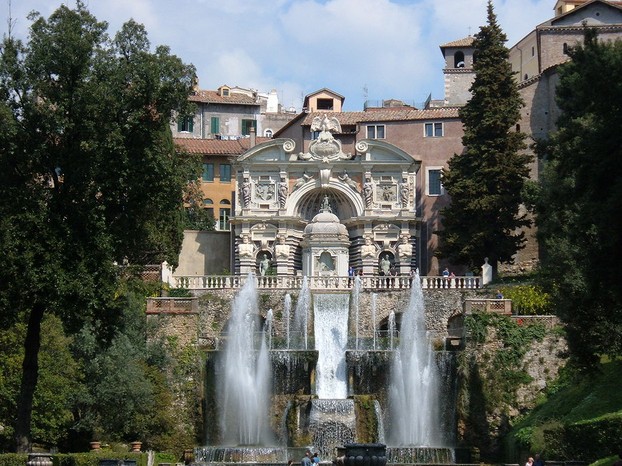
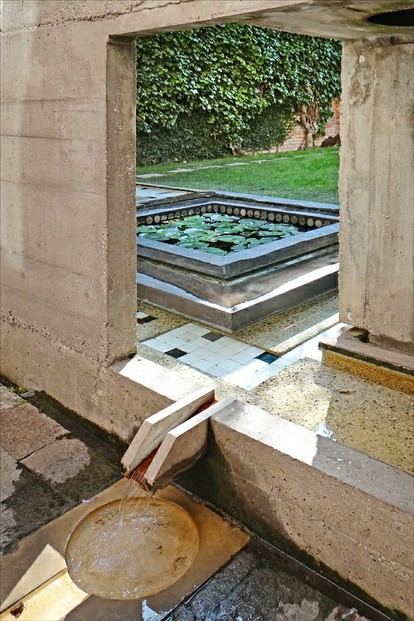
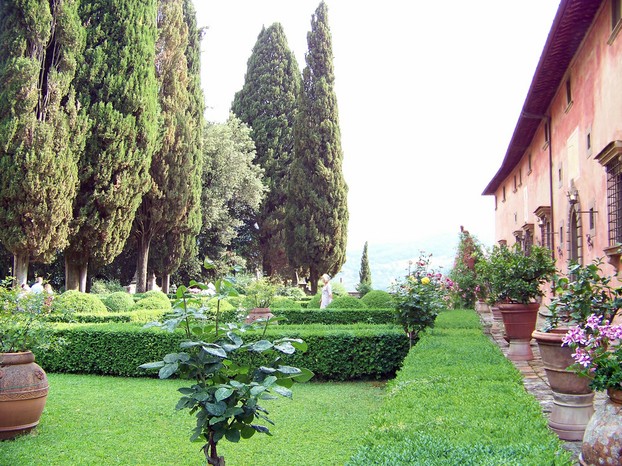
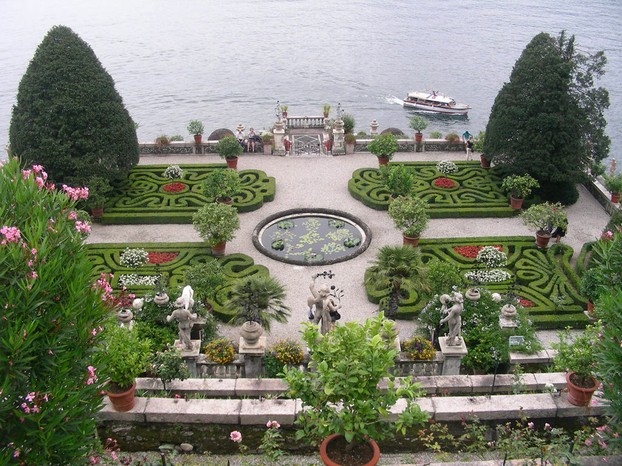


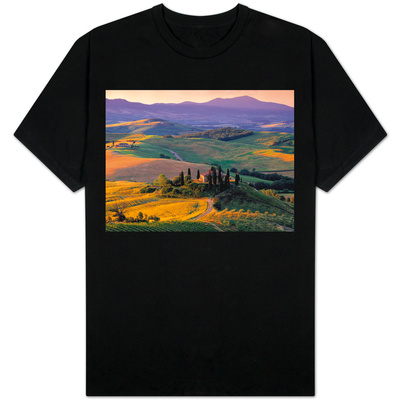

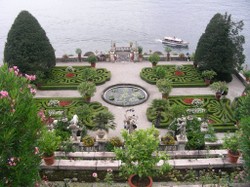

 Are Hawaiian Huakai Po Nightmarchers Avenging Halloween Thursday?on 10/02/2024
Are Hawaiian Huakai Po Nightmarchers Avenging Halloween Thursday?on 10/02/2024
 Mailing Addresses for 2023 Form 4868 Extending 1040 and 1040SR April 15, 2024, Due Dateon 04/15/2024
Mailing Addresses for 2023 Form 4868 Extending 1040 and 1040SR April 15, 2024, Due Dateon 04/15/2024
 Mailing Addresses for 2023 Forms 1040 and 1040SR Filed in 2024on 04/15/2024
Mailing Addresses for 2023 Forms 1040 and 1040SR Filed in 2024on 04/15/2024
 Mailing Addresses for 2022 Form 4868 Extending 1040 and 1040SR April 18, 2023, Due Dateon 04/13/2023
Mailing Addresses for 2022 Form 4868 Extending 1040 and 1040SR April 18, 2023, Due Dateon 04/13/2023

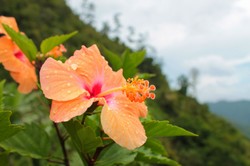
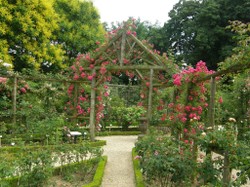
Comments
MBC, Thank you for enjoying the writing and liking the pictures! Italy is such an inspirational place for doing what I love to do: getting to know a country through its cultivated and wild plants and domesticated and wild animals.
Very interesting - great pix.